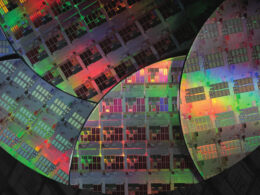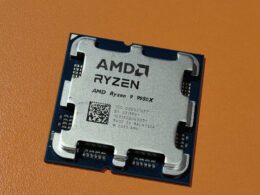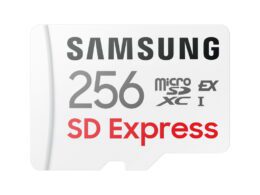China Tests Over 100 Space-Grade Chips on “Tiangong” Space Station
The scientific journal Spacecraft Environment Engineering has published a paper detailing China’s creation of an unprecedented on-board test bench at the “Tiangong” orbital station for evaluating semiconductors. The bench facilitates simultaneous testing of over 100 space-grade processors. The primary goal of these experiments is to design a modern chip-based system that is resilient to space radiation.
Unlimited Chip Development Opportunities
The establishment of their own orbital station has granted China unrestricted opportunities to develop both civil and military-space chips. Conducting similar activities on the International Space Station is limited by restrictions on military-grade chip testing and stringent cargo inspections. Each participating nation must disclose in detail the items being transported to the station. Ensuring secrecy and facilitating classified projects under these conditions presents significant challenges, particularly when dealing with large volumes.
Advanced Semiconductor Testing Facility
The “Tiangong” station’s test bench allows for simultaneous testing of over 100 chips in operation, replicating real-world application usage. The chips are exposed to the harsh conditions of outer space, such as extreme cold, vacuum, and high-energy cosmic particles.
On Earth, it’s relatively easy to recreate conditions of vacuum, cold and radiation; however, high-energy particles – which can’t be reproduced by any terrestrial accelerator – present a unique challenge. These particles infrequently arrive once every few months, and patient observation is necessary to assess their impact on operating chips. The expansive testing bench on the Chinese space station is specifically designed to anticipate such occurrences.
Building a Space-Certified Chip Inventory
The presence of a testing bench on the station allows China to create a registry of space-certified chips. Instead of selectively testing unique developments, a mass-production strategy has been adopted for space-grade semiconductors. As the demand for satellites and spacecraft continues to grow, China aspires to become the global manufacturer of space electronics. The future may see “made in China” becoming synonymous with space-grade electronics, replacing the current association with Taiwanese products.
US Lags Behind in Chip Technology
The US and NASA are significantly behind in their chip technology and architecture. For instance, the “James Webb” space telescope employs a processor manufactured using 250nm rules. Meanwhile, China is testing chips with 28 to 16nm rules in space. According to Chinese sources, over 20 chips have passed these tests, putting China ahead of the US public space sector. The private sector, particularly Elon Musk’s SpaceX, continues to launch modern electronics into orbit, presenting a threat to Chinese dominance.
NASA’s Bid to Develop Next Generation of Space Electronics
NASA, aware of the need for advancing space electronics, selected Arizona-based company Microchip Technology in the summer of 2022 as the developer of the new processor architecture for space. RISC-V architecture and specifically SiFive cores have been selected as the foundational platform. This choice is expected to result in a hundredfold increase in the performance of space processors compared to the previous generation.





